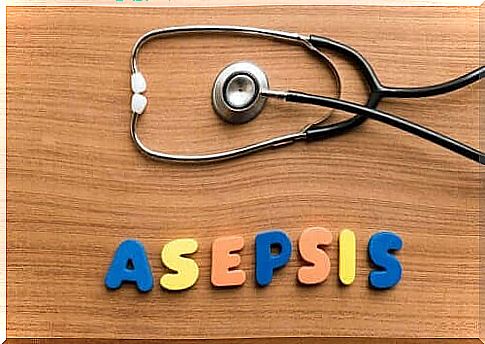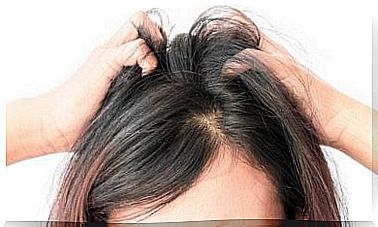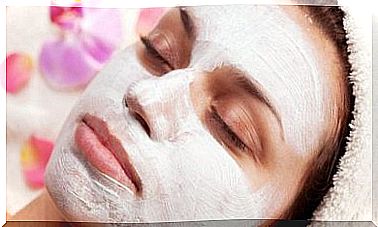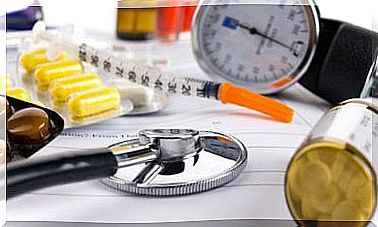Aseptic Technique: Its Aims And Advantages

The aseptic technique is a set of measures to minimize the risk of infection in patients in hospital.
Aseptic technique is a set of measures that reduce the risk of developing an infection for both patients and healthcare professionals. In addition, its actions reduce the risk of infection or contamination of the area and medical instruments.
So you can see that such actions are part of the defense mechanisms against foreign microorganisms entering our body. They protect both patients who take medication and medical professionals who work in a hospital setting.
In order to carry out this irreplaceable method, the medical team must have the appropriate knowledge and skills in advance. Hygiene and ecological safety standards that are normally applied should be taken into account.
Types of infections according to their characteristics

The aseptic technique is to minimize the development of nosocomial infections. Thus, it also improves the quality of patient care. In addition, it guarantees the safety of both him and the medical team working in a specific specialist center.
It also protects members of the immediate environment as the infection could spread through invasive procedures such as surgical interventions. During such procedures, a group of specialists comes into direct contact with the patient’s infected tissues.
These days, we classify infections based on various factors. We distinguish, for example, endogenous and exogenous infections.
We differentiate them according to whether the problem-causing microorganisms come from the internal or external environment. There are also other differentiation criteria, depending on the type of microorganism, the mode of transmission, and whether the infection occurs in patients treated in a hospital or at home.
Aseptic technique and its different varieties
Currently, there is a group of specialists who are developing a series of guidelines for the handling of medical tools. Such guidelines are invaluable in other treatment situations in the hospital. In addition, they must prevent the spread of infections, for example by isolating them.
Specialist groups often have to work with sterile materials. They are usually wrapped in a non-sterile layer and are in constant contact with the external environment. Therefore, the medical team must exercise great care when working with materials of this grade to avoid contamination.
For example, remember to carefully unpack the packages so that the outer layer does not touch the sterile material.
In addition, you should always handle medical instruments while wearing sterile gloves. They should also avoid contact with such material or with any other contaminated material or one that has been exposed to harmful environmental factors.
Other important countermeasures include refraining from sneezing or speaking through the material to avoid contamination as much as possible.

Hand washing
Within the scope of standard hygiene rules, attention should be paid to proper hand washing. It is assumed that this should be done before and after contact with the patient. Thus, you should wash your hands before and after each medical procedure.
In addition, the condition of any medical compound or instrument should be checked prior to use. For medications, check the expiration date, condition, and proper storage instructions.
In addition, only materials that have been sterilized within the last 8 days may be used. In addition, the packaging must be intact to ensure that it has not been contaminated.
Do not use the product if its packaging has been tampered with. In addition, store it in a clean environment with low humidity and limited contact with other possible sources of contamination.
If you need to use a face mask while treating your patient, wear it for less than two hours by government. After this period, the mask loses its effectiveness to a large extent.
Also pay attention to its correct orientation and avoid touching it. Replace it if it slips onto the base of your neck.









